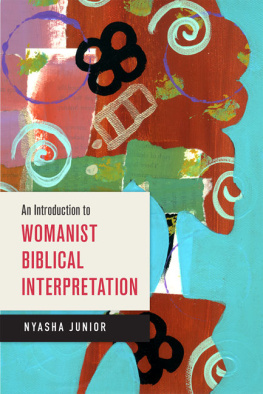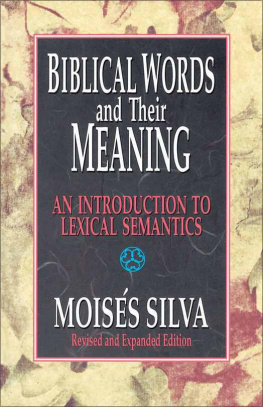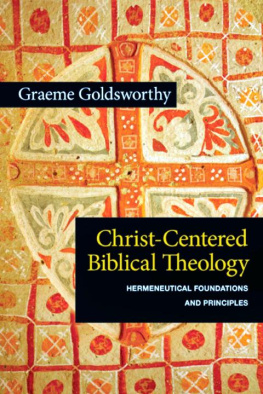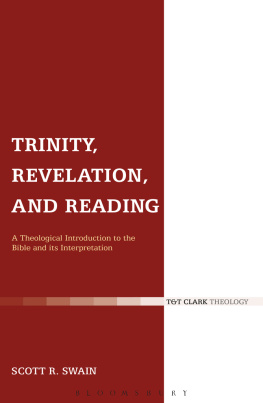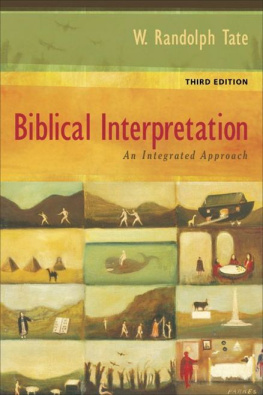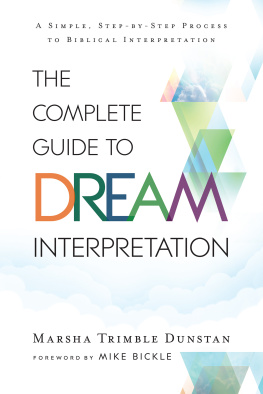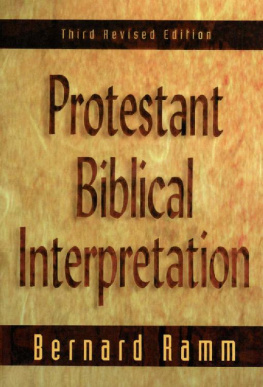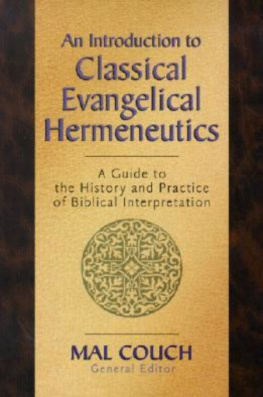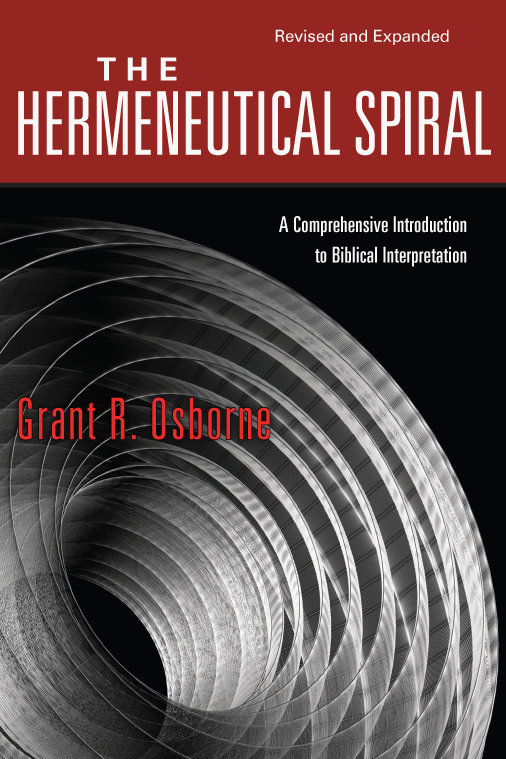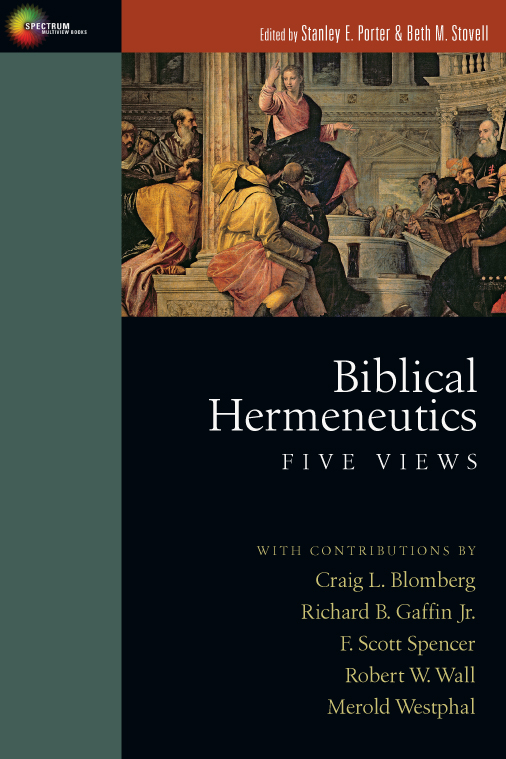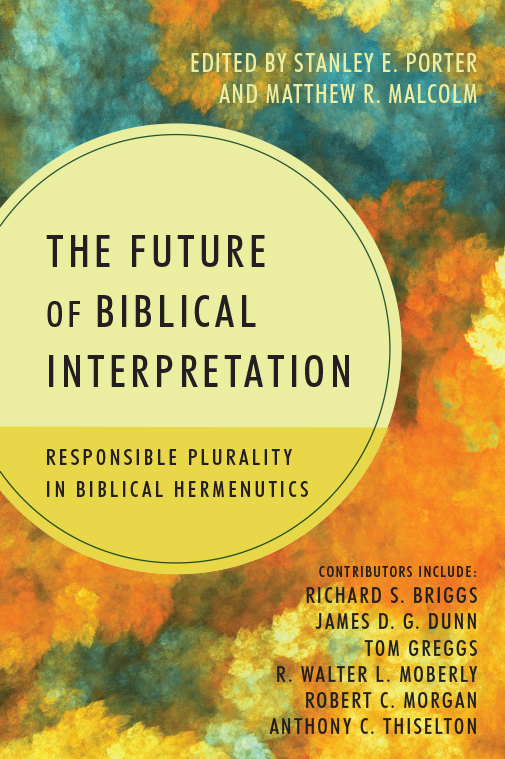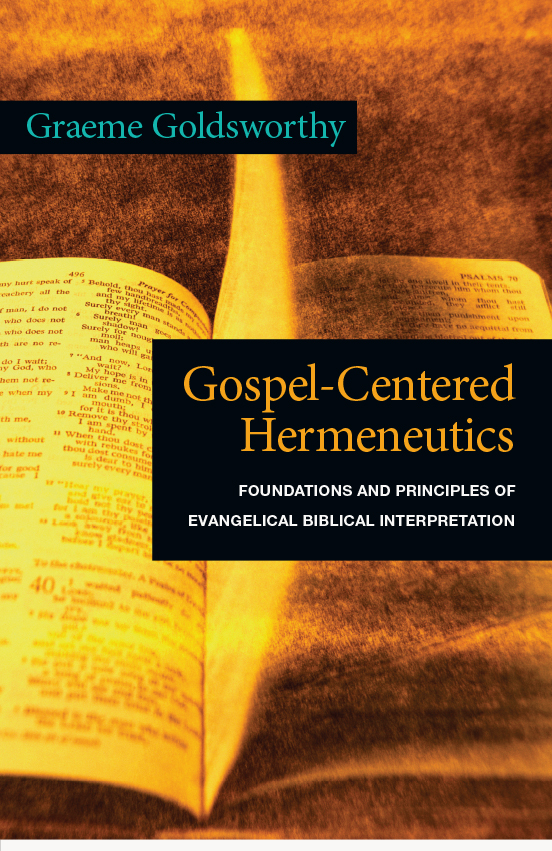About the Author
Grant R. Osborne (Ph.D., University of Aberdeen) is professor of New Testament at Trinity Evangelical Divinity School in Deerfield, Illinois. He also serves as series editor for the IVP New Testament Commentary Series, for which he contributed the volume on Romans. He has also written on Revelation for the Baker Exegetical Commentary on the New Testament.
The Hermeneutical Spiral: A Comprehensive Introduction to Biblical Interpretation
Recipient of a Christianity Today 1993 Critics Choice Award!
In this comprehensive and up-to-date volume, Grant R. Osborne provides seminary students and working pastors with the full set of tools they need to move from sound exegesis to the development of biblical and systematic theologies and to the preparation of sound, biblical sermons.
Osborne contends that hermeneutics is a spiral from text to contexta movement between the horizon of the text and the horizon of the reader that spirals nearer and nearer toward the intended meaning of the text and its significance for today.
He develops his thesis in each of three sections: the first covering general hermeneutics (grammar, semantics, syntax, backgrounds), the second covering hermeneutics and genre, and the third covering applied hermeneutics. Along the way, he offers assessments of recent developments from redaction criticism to reader response criticism. In two appendixes he also addresses the contemporary philosophical challenges to fixed meanings in texts and discusses the implications of this debate for biblical authority.
Covering the wide spectrum from exegesis to sermon preparation, Osbornes up-to-date and comprehensive text should prove to be the standard evangelical work in the field for years to come.
Romans
Few individual books of the Bible have changed the course of church history the way Pauls letter to the Romans has.
Whether one thinks of Augustines conversion in the fourth century, Luthers recovery of justification by faith in the sixteenth or Barths challenge to recover theological exegesis of the Bible in the twentieth, Romans has been the catalyst to personal spiritual renewal and the recapturing of gospel basics.
Paul, in seeking to bring unity and understanding between Jews and Gentiles in Rome, sets forth in Romans his most profound explication of the gospel and its meaning for the church. The letters relevance is as great today as it was in the first century.
Throughout this commentary, Grant R. Osborne explains what the letter meant to its original hearers and its application for us today.
Contents
InterVarsity Press
P.O. Box 1400
Downers Grove, IL 60515-1426
World Wide Web: www.ivpress.com
E-mail:
Second Edition 2006 by Grant R. Osborne. First Edition 1991 by Grant R. Osborne.
All rights reserved. No part of this book may be reproduced in any form without written permission from InterVarsity Press.
InterVarsity Press is the book-publishing division of InterVarsity Christian Fellowship/USA, a movement of students and faculty active on campus at hundreds of universities, colleges and schools of nursing in the United States of America, and a member movement of the International Fellowship of Evangelical Students. For information about local and regional activities, write Public Relations Dept. InterVarsity Christian Fellowship/USA, 6400 Schroeder Rd., P.O. Box 7895, Madison, WI 53707-7895, or visit the IVCF website at www.intervarsity.org.
Scripture quotations, unless otherwise noted, are from the New Revised Standard Version of the Bible, copyright 1989 by the Division of Christian Education of the National Council of the Churches of Christ in the USA. Used by permission. All rights reserved.
Design: Cindy Kiple
Images: Kiss Botond/istockphoto.com
ISBN 978-0-8308-7877-2 (digital)
ISBN 9780830812882 (print)
To Amber and Susanne
Our gift from God
Our reward from him
(Psalm 127:3)
More Titles from InterVarsity Press
Biblical Hermeneutics
978-0-8308-6999-2
The Future of Biblical Interpretation
978-0-8308-7959-5
Gospel-Centered Hermeneutics
978-0-8308-9836-7
For a list of IVP email newsletters, including information about our latest ebook releases, please visit www.ivpress.com/eu1
FINDING THE TEXTBOOK YOU NEED
The IVP Academic Textbook Selector is an outline tool for instantly finding the IVP books suitable for over 250 courses across 24 disciplines. www.ivpress.com/academic/
The Hermeneutical Spiral
Revised and Expanded
A Comprehensive Introduction to Biblical Interpretation
Grant R. Osborne

www.IVPress.com/academic
14

The Old Testament in the New Testament
O f all the sources for studying the New Testament, none is so pervasive as the Old Testament itself. Every book except Philemon and The prevalence of such quotations and allusions shows that early Christianity was rooted in Judaism, and the Old Testament was their canonical Scriptures. Just as we anchor our messages in the two Testaments, so they anchored theirs in the Old Testament. The formulas that introduce many of the quotations show the high degree of inspiration claimed for the Old Testament. In addition to those like Scripture/the Law/Moses/Isaiah says, we also find God/the Lord/the Spirit says. Clearly the early Christians believed the Old Testament constituted the very words of God. The best-known claims are in 2 Timothy 3:16 (All scripture is God-breathed) and 2 Peter 1:21 ([prophets] spoke from God as they were carried along by the Holy Spirit).
The Canon and the Septuagint
The Old Testament canon was fairly complete by the time of Jesus. Josephus (c. Apion 12, 38-42), Philo (De Vita Contemplativa 1-2, 25, 28-29), Ben Sira (prologue to Sirach), and Qumran (4QMMT, B, II, 9-10) attest to the traditional list and divide the Old Testament into either three (law, writings and prophets) or four (the law, the hymns, the prophets and the writings) groups (Ellis, 1991:7-9). Esther is missing at Qumran (all the others are present), and Ecclesiastes and Song of Songs may have been disputed as well. Still, the evidence as we have it indicates the canon may have been closed by 100 B.C. (Dunbar 1986:314-15).
The Septuagint is the Greek translation of the Old Testament, probably done between 250-150 B.C. in Alexandria but with three Jewish (Aquila, Symmachus, Theodotion) and three Christian (Hesychian, Hexaplaric, Lucianic) recensions. As with the New Testament the originals are lost, and it must be reconstructed via text criticism. Still, it was the basic Bible of the first century, accepted even in Palestine, and a great many of



